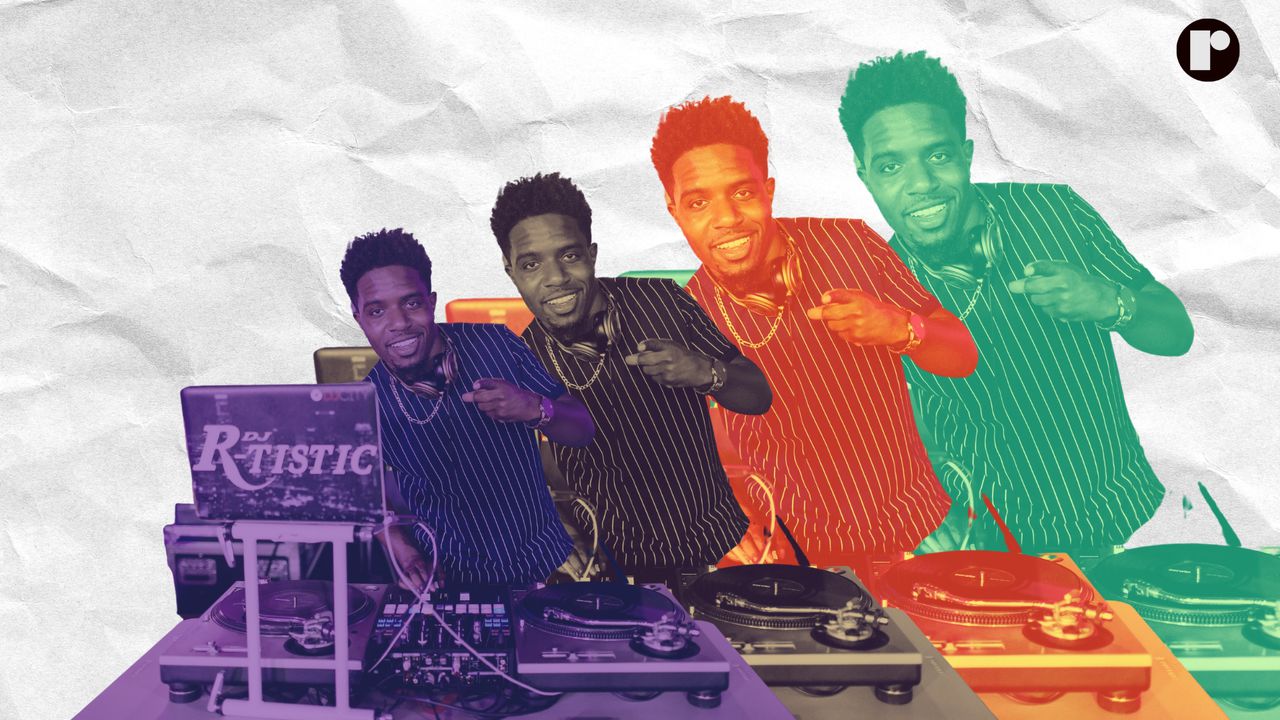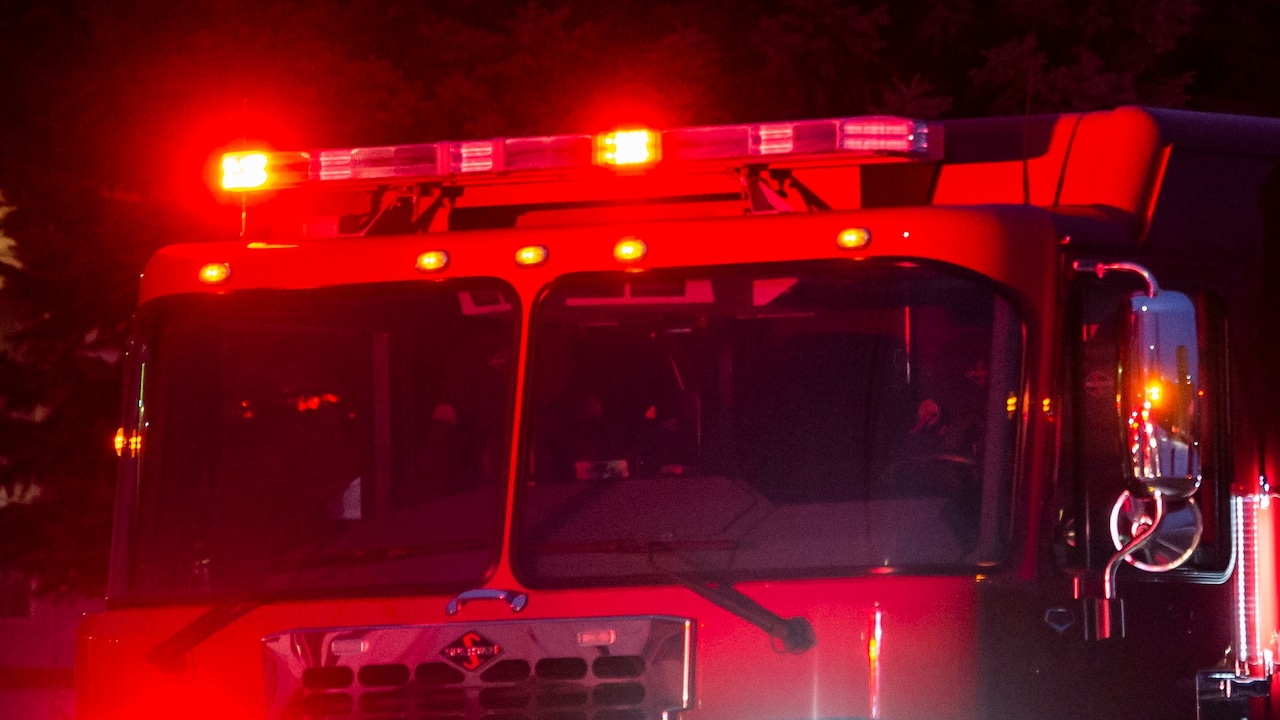As a wide-eyed first-year student fully enthralled by the rich campus culture at Prairie View A&M University, I learned firsthand that music is an integral part of the HBCU experience — from the marching band to some of the best DJs across the HBCU circuit.
But what makes a song an HBCU anthem or an undeniable classic? If Blackness is expansive, so is the HBCU experience. With various factors and generational trends, preparing for the social scene at your respective campus as an incoming student is no easy task.
In fact, HBCU Buzz reshared a satire video on Instagram reflecting how upcoming and current students at times feel they have to fit in or join the collective at HBCUs by purchasing Telfar bags, learning how to Swag Surf or remembering the lyrics to “Dreams and Nightmares” by Meek Mill – popular touchstones of Black culture but not necessarily universal to the Black experience.
So what’s a new HBCU student to do?
We recently caught up with music lecturer and celebrity DJ Ron Turner, aka DJ R-Tistic, a Los Angeles native and 2008 FAMU computer science graduate, to discuss what makes a song an HBCU anthem, music discovery and making the most of an HBCU experience.

FAMU alumnus DL R-Tistic.
DJ R-Tistic began DJing his junior year, initially spinning pre-mixed playlists off his laptop before refining his technical skills in his senior year. Since graduating, he’s built an impressive resume DJing for some of the biggest names in Hollywood and significant Black cultural events. In addition, he gives lectures to the next generation about rap/hip-hop and R&B sampling, DJing, and the importance of music discovery.
“I’ve done some [lectures] at middle and high schools, such as Hamilton High in L.A., and several colleges, such as Mary Washington in Virginia and Germanna Community College. I’ve also done Zoom [courses] for some HBCU perspective student programs, like Stepping in the Right Direction. With [these courses], I always try to make it relate to them. A lot of times, it’s just about connecting those generational gaps,” DJ R-Tistic tells Reckon. For example, he uses Latto’s “Big Energy,” which samples Mariah Carey’s 90′s hit “Fantasy,” which originally samples Tom Tom Club’s “Genius of Love.”
According to the FAMU alumnus, the most significant barrier for youth today is headphone culture, “where the kid hops in the backseat and [has] headphones in, so they’re playing their music versus learning the parents’ music,” unlike many millennials’ upbringing. The lectures he gives combat this and keep Black musical recipes alive, especially at HBCUs.
“[HBCUs are] a melting pot where music is everything. On campus, it could be a random Tuesday at 3 p.m., and a blood drive with a DJ is outside. Of course, the band culture is also a [significant] part of that by playing renditions of new and classic music,” DJ R-Tistic tells Reckon.
“Music has always been an integral part of HBCUs; many songs take over and have a significant part of your experience. No matter what era somebody came in, they could tell you who the most prominent artist was or who came to their homecoming concerts.”
To prepare incoming students for the social and music scene at an HBCU, DJ R-Tistic says it’s all about having an open mind. Music discovery is essential because it’s easy to get trapped in what you already know and what you like.
“Most of the big DJs here in L.A. come from HBCUs. Many of us started DJing when we got to college, and we got that [regional] exposure to [refine our] music discovery skills at our respective campuses,” he tells Reckon.
According to DJ R-Tistic, who has a designated HBCU music set, what makes a song an HBCU anthem is one that Billboard charts typically have no relation to. “[Chart success] means nothing when it comes to HBCU culture because those biggest songs for HBCUs have no relation to mainstream America. Middle America might have never heard of it, even people on the East and West Coast, until somebody from an HBCU played it,” he says.
The range of his HBCU set includes what he deems undeniable HBCU anthems, from “Knuck If You Buck,” “Down for My Ns,” “Blow the Whistle,” to Charlie Boy’s “I Look Good.”
“Waka [Flocka Flame] has a five-pack of songs for me: No Hands, O Let’s Do It, Hard in Da Paint, Grove St. Party, and Round of Applause,” he says.
But with the understanding that generational gaps play a factor in what songs define one’s HBCU experience, DJ R-Tistic provides Reckon with two definitive contemporary and old-school songs. “Swag Surfin’” is the defining anthem from the modern era of the last 15 years, even though some folks are tired of it now. They might say this is cliche, but for old school, old school is definitely “Before I Let Go,” says DJ R-Tistic.
As for broad advice to incoming HBCU students looking to settle into the campus community and get the most out of the experience, DJ R-Tistic shares these gems with Reckon:
- As cliche as it sounds, be open to new experiences and people because it’s natural to gravitate to whoever you’re most comfortable with. Many times, people you might not even think would be friends with become your best friends.
- Do your best to be active on campus, not just go to class and go home and party. There are a lot of different activities on campus. Whether it’s like a city-based club/organization, based on where you’re from, it could be a gospel choir, a dance, or a modeling troop. It’s good to get involved with any and everything you can.
- One thing about going to an HBCU is that your network lasts forever. I would say 90% of all my connections have somehow come from an HBCU. Whether it’s from FAMU directly or other HBCU people. Of course, you have rivalries when you’re there, but you realize every HBCU gets along after graduation.






